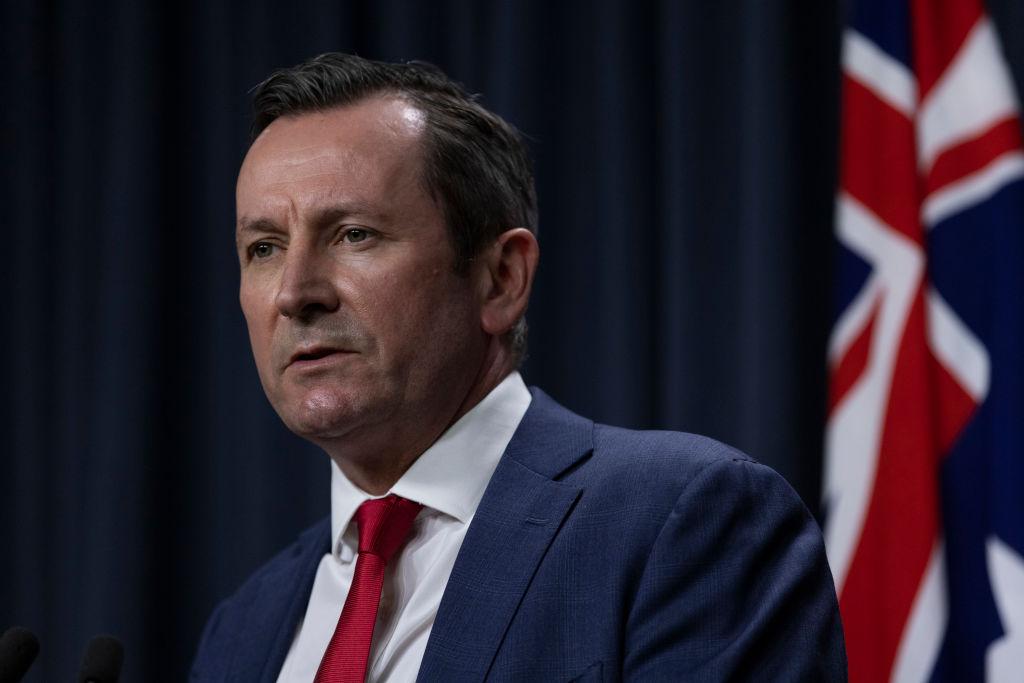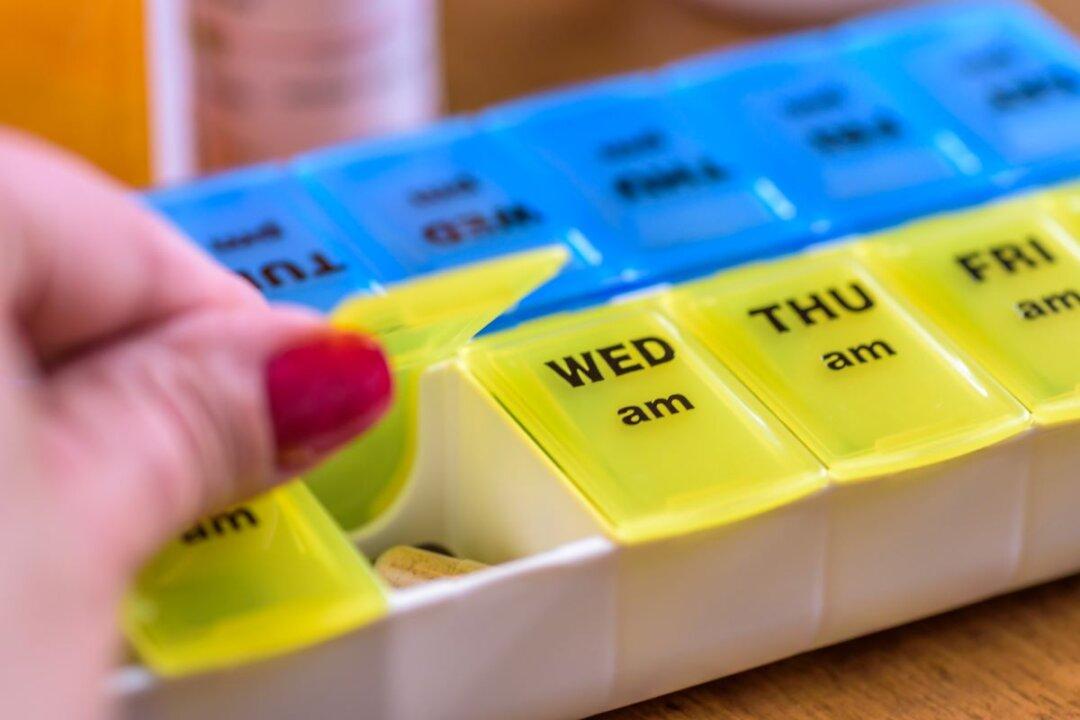The Western Australian (WA) government is co-ordinating a multi-agency response to help the St John Ambulance Service deal with the current staff shortage and speed up ambulance response times.
Senior Department of Health and WA Police representatives are now stationed at the St John’s Ambulance headquarters to assist the service, ensuring appropriate emergency response coordination.





